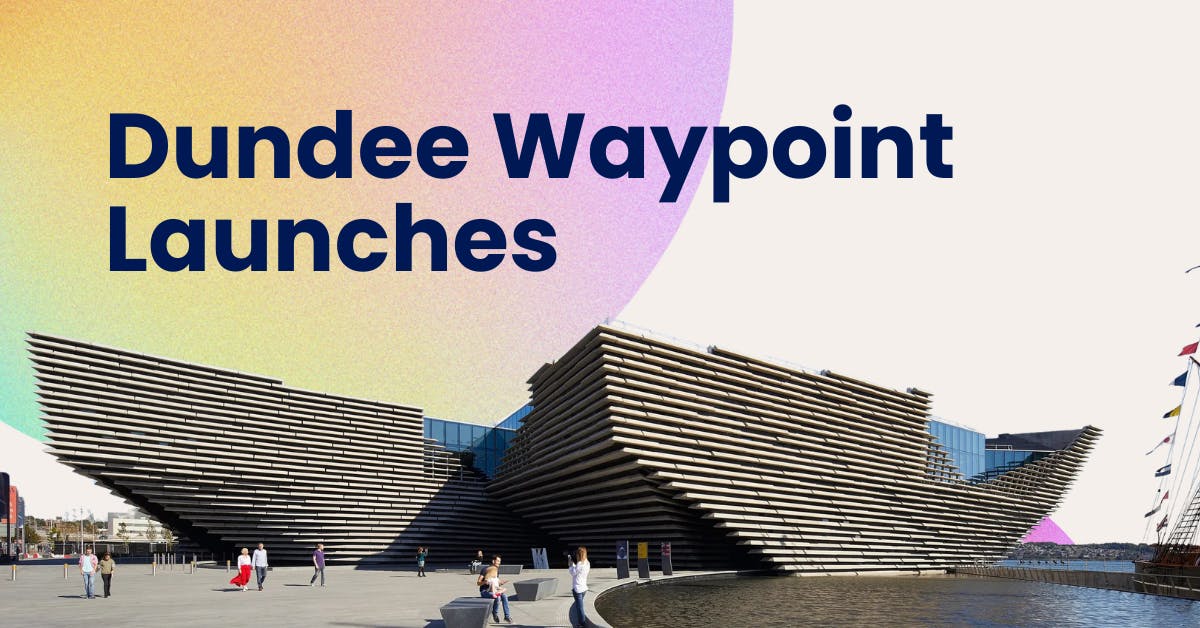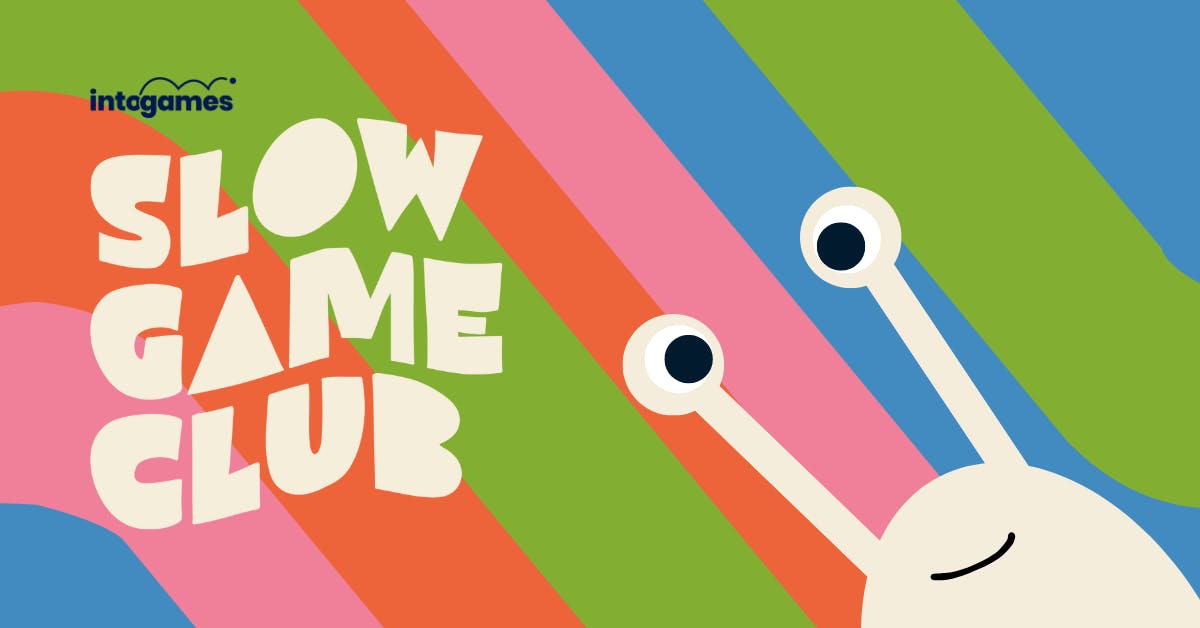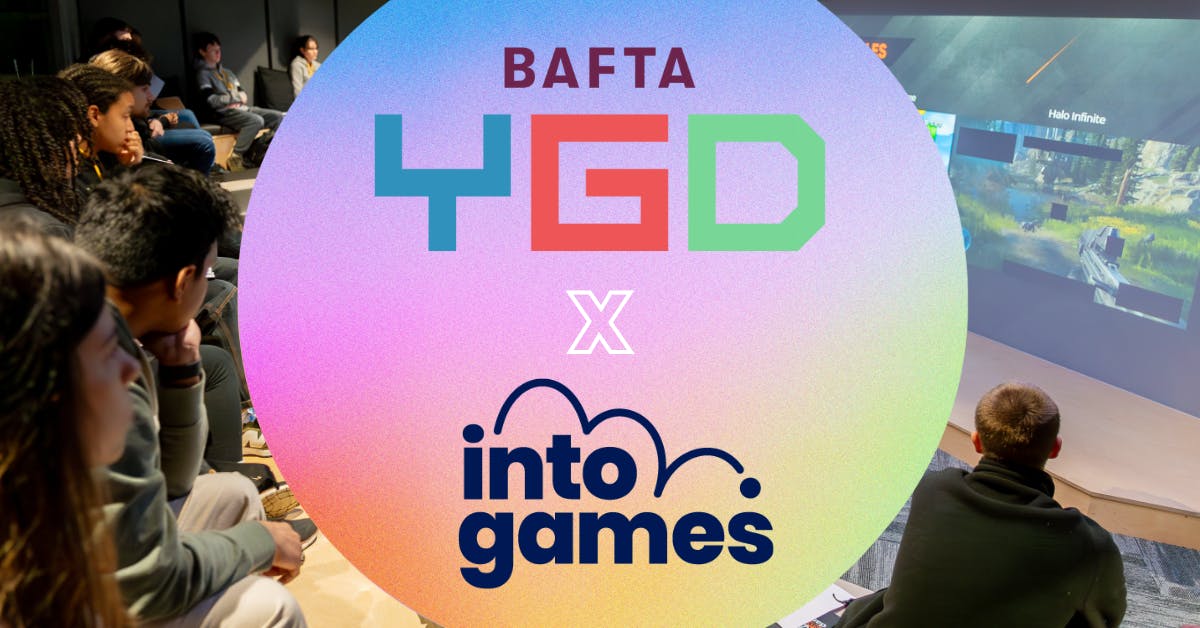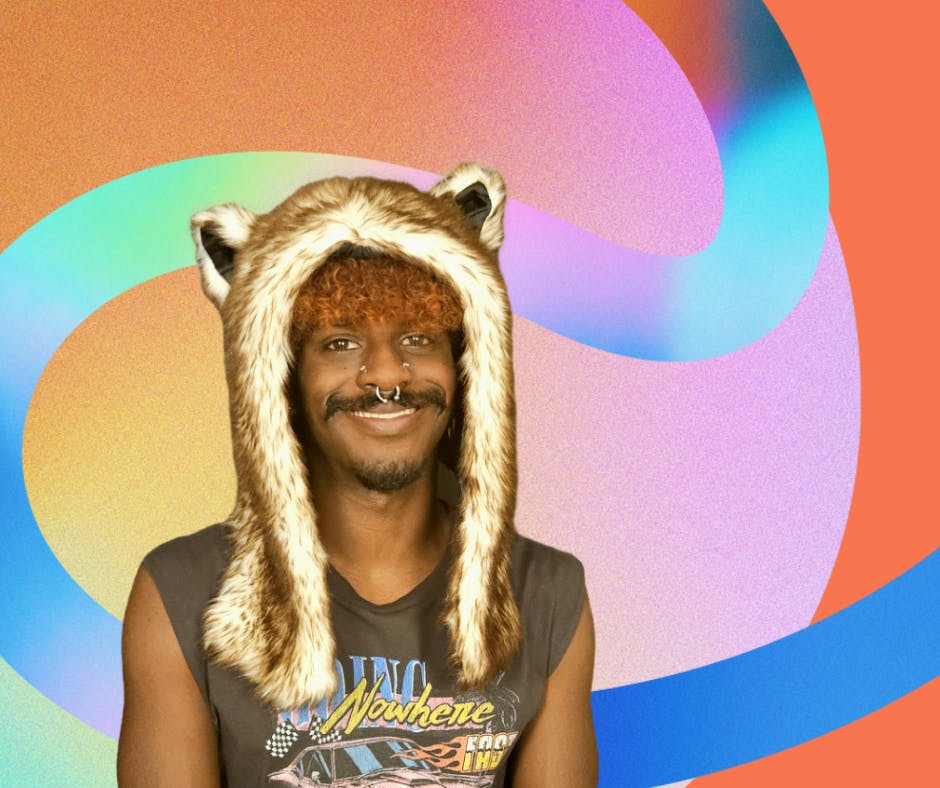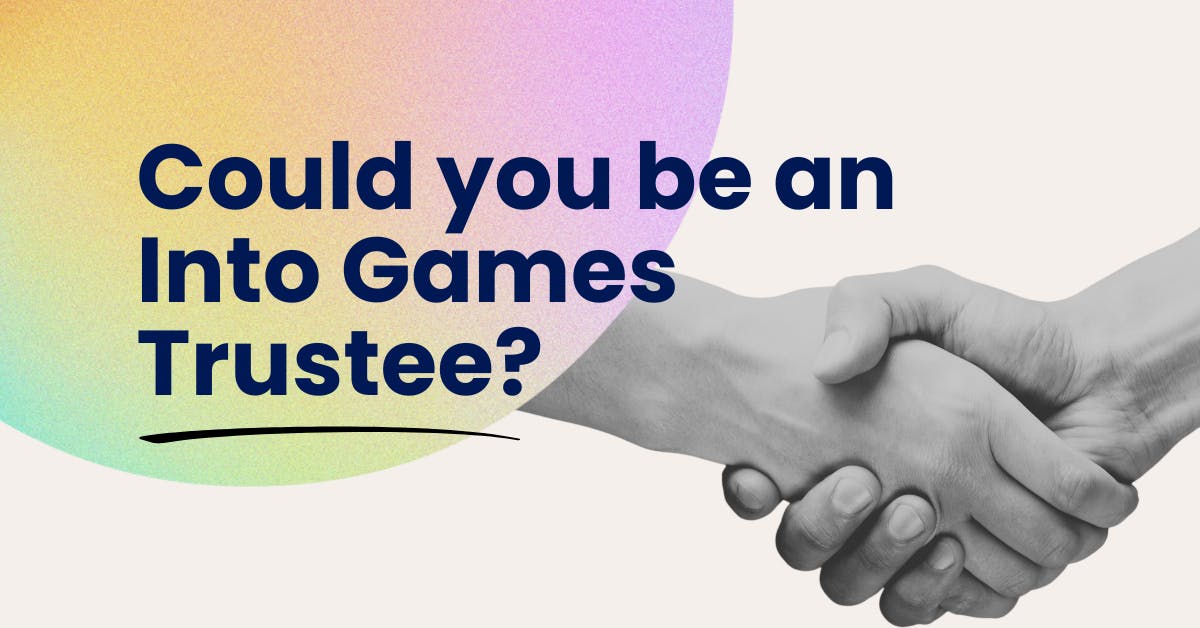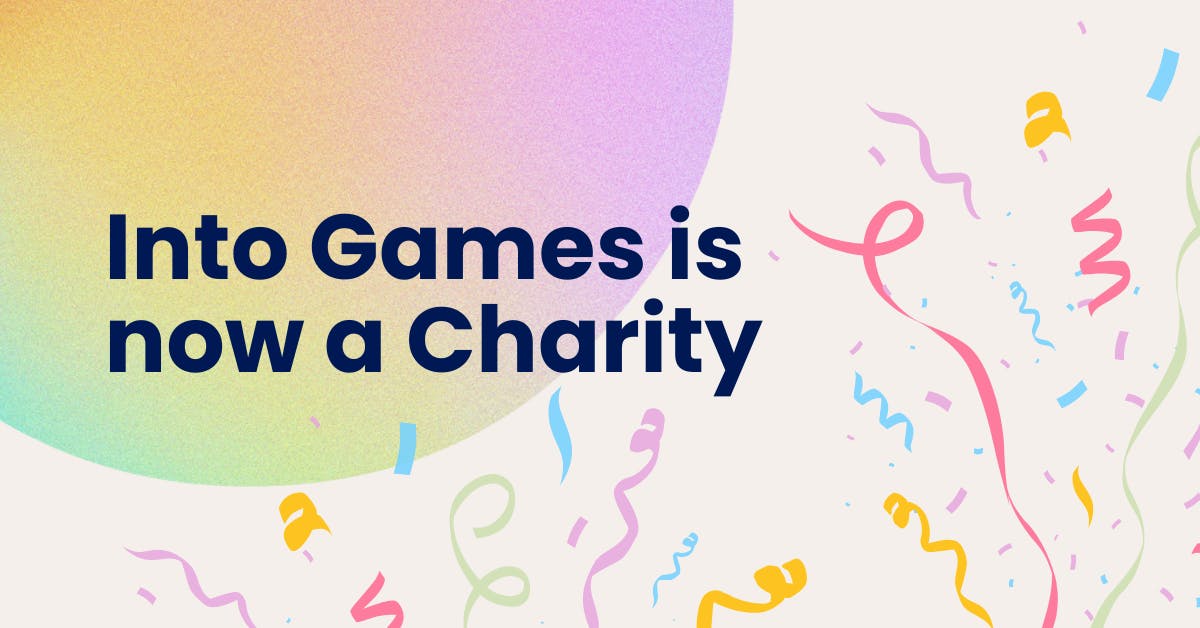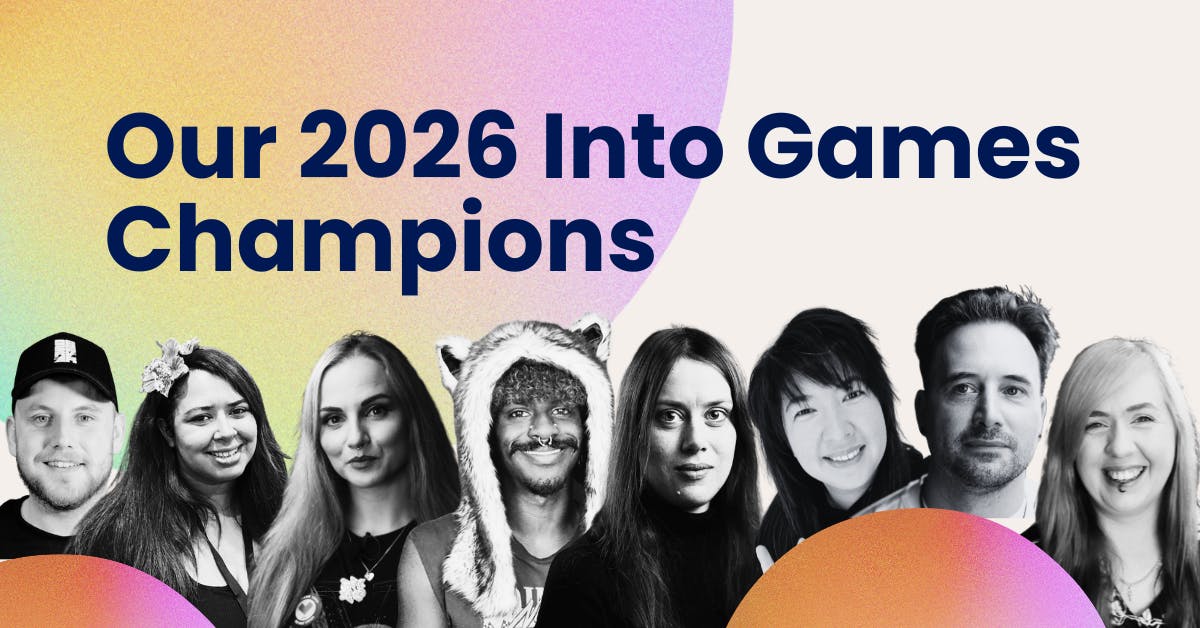
4 November 2020
What does a Lighting Artist in games do?

Sander Vander Meiren is a Lighting Artist for Studio Gobo, a Brighton based game studio offering AAA character-action game development services for a global client base. Sander has worked on Microsoft’s Forza Street, a free-to-play racing title. We asked Sander some key questions about getting into the games sector.
Explain your role like I'm 5 years old
As a lighting artist, I’m responsible for the look, feel and presentation of the game within the art direction. Basically, ensuring that the game looks as good as it can, but also making sure that the player can see and that the lighting enhances the gameplay and design (For example naturally guiding the player with light).
Lighting itself covers anything from “man-made lights” like Light bulbs or candles to “natural lights” like the Sun, sky, clouds and atmosphere effects like fog and sun rays. To make the game look even better, I also take care of colour grading and adding image effects like; film grain, vignetting, lens flares… (Kind of like an Instagram filter but for games).
The game needs to run at a decent frame-rate. That’s where the technical aspect of a lighting artist role comes in. I help to define a lighting pipeline and work together with the render tech engineers to solve technical problems.
Take us through your average day at work
My day usually starts with a nice cup of coffee and a short “stand-up” meeting. This helps to get everyone in the team up to speed on the progress of their tasks.
Throughout the project, the lighting artist job varies quite a lot. The early days usually consist of gathering a lot of references, planning the pipelines and making proof of concept light setups. Setting up first pass lighting in the game is also part of that phase.
Later down the line in the production phase, I refine the first pass lighting. This is where the bulk of the lighting work happens. My days in that phase are usually filled with placing lights in the world and balancing colour and intensity all the while keeping gameplay, design and performance in mind.
It’s quite easy to get lost in the details of a scene. So, I like to break this process down in big shapes, middle shapes and small shapes. I like to get the general ambient and key lighting right, before moving onto smaller secondary lights. After the general bulk of the lighting is done, I look into colour grading, bug fixing and optimising the scenes that have been lit.
What was your educational and career journey into your current role?
When I was younger, I studied Economics. As I was doodling in the margin of my books, I quickly realised that this really wasn’t something for me. And I wanted to pursue something artistic.
Close to my hometown in Belgium, there is a University (“Digital Arts and Entertainment”) that is dedicated to the Games and Animation industry. When there was an open house day, I didn’t hesitate to go and check out the course. I instantly knew that this was what I wanted to do. The course I followed was game graphics production. Here I learned to create 3d worlds, sculpt characters, pre-production art, but also more technical skills like physics and scripting.
This course introduced me to photography, which Instantly became my favourite thing to do in my spare time. Since then, my camera never left my side. I think that this is a really useful skill to have for game artists as it teaches you about composition, colour and light.
For the last part of my course, I did an internship as an Environment artist at Electric Square. At that time there wasn’t a dedicated lighting artist in the studio. So, when I mentioned that I love photography and that I’m really interested in light and colour, the lead artist asked if I wanted to further develop my skillset towards lighting.
This was absolutely a dream coming true, and I took this opportunity with both hands. I spend a lot of time, reading books, papers and blogs to learn everything that there is to learn about lighting. And also going out there with my trusty camera to further understand how real-world light behaves. By the end of my internship, I got offered a permanent position which I gladly accepted. One project later, I made the transition to Studio Gobo, where I’m now working as a full-time lighting artist.
What do you love most about your role?
Games are a massive collaborative effort, being responsible for the look and feel and seeing the whole game come together with your lighting and atmosphere feels absolutely amazing.
That, and sometimes I get to stare at pictures of beautiful skies or paintings for inspiration and reference.
What's the hardest thing about your role?
Getting the lighting to look as good as it can within performance budgets. Every project has its own lighting performance budget which can drastically change the lighting pipeline (pre-computed or dynamic lighting, indirect light method, shadows…)
What key skills should people work on to do your role one day?
By far the most important skill for a lighting artist is to expand your visual library (or developing an “eye” for light and a feel for contrast ratios). It is this gut feeling that tells you why something works (or not) or why this feels more “atmospheric” than another light setup.
A good way to build that visual library is to observe how light behaves throughout the day, how it affects your environment and reacts to surfaces. Personally, Photography helped me a lot with developing this skill as you do a lot of observing light when taking photos.
What advice would you give to your younger self looking to get started in the industry?
Keep on being creative in any possible way, build your visual library. And be generally more curious about how light works and behaves in real life. This goes as far as “Why is the sky blue?” and “why do sunsets and sunrises have such beautiful and warm colours” (because of sunlight scattering in the atmosphere layers). This understanding of light in its simplest form really helps you a long way of building good lighting.
Do you have any links to good articles or videos that you think might give some tips or advice to someone starting in your role?
When I started learning about lighting, I read the book “Light for Visual Artists” by Richard Yot. This book goes over the absolute basics on light and colour theory for any artistic medium. I highly recommend it!
Light for Visual Artists - Richard Yot
This page has a bunch of really great guides on several aspects of real time lighting:
Joey Lenz: Technical Art Portfolio
There is plenty of video content online that go over the basics as well. For people who want to start lighting, I recommend the “Lighting Academy” Channel. This is a nice series of videos that go over the processes for various lighting setups.
The Unreal Engine YouTube Channel has a bunch of really good tutorials on there for beginners as well:
51 Daedalus YouTube Channel
Unreal Engine YouTube Channel
When you want to take it a bit further, since lighting can be quite technical at times, it’s a great idea to read up on some more in-depth technical papers and listen to talks. Good sources for these are GDC, Siggraph and blogs. Here are some of my favourites:
Lighting the City of Glass - Rendering 'Mirror's Edge: Catalyst'
Not-So-Little Light: Bringing Destiny 2 to HDR Displays
The Challenges of Rendering an Open World in Far Cry 5
Global Illumination in Tom Clancy's The Division
Stay up to date
It's time to level up your inbox
Pick which newsletters you're interested in receiving, and customise further by specifying a discipline.
Join our mailing listTell me more
